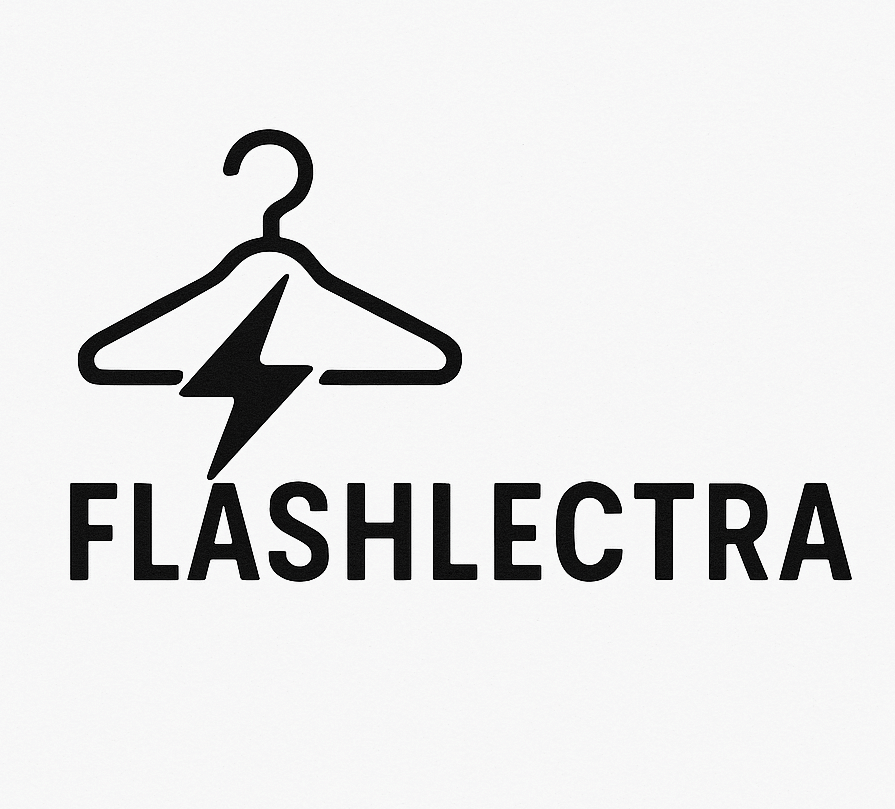In 2025, the world of fashion is more dynamic and fast-paced than ever before. Social media platforms, celebrity trends, and instant online shopping have transformed the way we consume clothing. Central to this transformation is the phenomenon known as fast fashion. But what exactly is fast fashion? Why has it become so popular? And what consequences does it have for our planet and society?
This article dives deep into what fast fashion means today, explores its supply chain and impact, examines its benefits and drawbacks, and highlights sustainable alternatives you can consider. Understanding What is fast fashion is essential if you want to be a conscious consumer in this fast-moving industry.
What Is Fast Fashion?
Definition and Key Characteristics
Fast fashion is a retail strategy focused on rapidly producing large quantities of inexpensive, trend-driven clothing. It aims to provide consumers with the latest styles seen on runways or celebrities almost immediately. Unlike traditional fashion, which typically follows seasonal cycles, fast fashion operates on weekly or even daily new arrivals.
Key traits of fast fashion include:
Rapid turnaround: Designs go from concept to store shelves in as little as two to four weeks.
Low-cost production: Brands rely on cheap materials and outsource manufacturing to low-wage countries.
Trend responsiveness: Fast fashion companies monitor fashion trends obsessively to copy popular styles quickly.
Disposable mentality: Clothes are often designed to be worn a few times and then discarded.
Mass production: Garments are produced in massive quantities to keep prices low and supply constant.
Evolution: What Is Fast Fashion
Fast fashion’s rise started in the late 1990s, pioneered by brands like Zara and H&M, which introduced shorter production cycles and frequent new collections. The growth of the internet and social media further accelerated this model. Influencers, fashion bloggers, and viral trends now drive demand for constant wardrobe updates, fueling fast fashion’s growth.
By 2025, the industry has become a global behemoth with millions of consumers buying fast fashion items weekly, making it one of the dominant models in apparel retail.

How Does the Fast Fashion Supply Chain Work?
From Trend to Store in Weeks
The supply chain behind fast fashion is optimized for speed and cost savings:
Trend Analysis: Brands scan runway shows, social media, and celebrity appearances to identify what’s trending.
Design & Sampling: Designers quickly sketch and produce prototypes, which are tested and approved.
Mass Manufacturing: Factories, often in Bangladesh, Vietnam, China, and other low-cost countries, churn out garments at breakneck speed.
Global Distribution: Finished clothes are shipped worldwide, reaching retail stores or online warehouses in as little as two weeks.
Retail & Marketing: Brands constantly refresh their collections in stores and online to keep consumers coming back for more.
Environmental & Ethical Issues in the Supply Chain
While this system satisfies consumer demand for speed and affordability, it comes with substantial hidden costs:
High resource use: Large volumes of water, energy, and chemicals are used in fabric production and garment finishing.
Pollution: Toxic dyes pollute waterways; textile waste fills landfills.
Labor exploitation: Garment workers often face low wages, long hours, and unsafe working conditions.
Carbon emissions: Global shipping and energy-intensive manufacturing contribute heavily to greenhouse gases.
Why is Fast Fashion So Popular?
Affordable Trendiness
Fast fashion’s appeal lies primarily in its affordability. It allows people to wear the latest styles without spending hundreds of dollars on designer clothes. This accessibility democratizes fashion, enabling everyone to participate in current trends.
Influence of Social Media
The explosion of social media platforms like Instagram, TikTok, and Pinterest has drastically changed how people discover and consume fashion. Influencers showcase multiple outfits daily, encouraging followers to purchase new clothes frequently to stay “on-trend.”
Instant Gratification Culture
Today’s consumers value instant gratification, and fast fashion perfectly caters to this by offering quick delivery, frequent new arrivals, and constantly changing stock, enabling shoppers to refresh their wardrobes regularly.

Benefits: What Is Fast Fashion
Advantages for Consumers
Low Prices: Makes trendy clothing affordable for a wide audience.
Variety & Choice: Stores carry a vast range of styles, colors, and sizes.
Convenience: Online shopping with fast shipping enhances customer experience.
Fashion Freedom: Consumers can experiment with styles without big financial risk.
Advantages for Brands
Higher Profit Margins: Fast turnover and low production costs boost revenues.
Trend Agility: Quick response to market trends ensures competitiveness.
Brand Visibility: Constant new launches keep customers engaged.
The Dark Side of Fast Fashion
Environmental Impact
Water Consumption: Producing a single cotton shirt can consume up to 2,700 liters of water.
Waste Generation: Over 92 million tons of textile waste are created annually, much of it from discarded fast fashion.
Pollution: Textile production pollutes air and water, impacting ecosystems and communities.
Social and Ethical Concerns
Exploitation of Labor: Many garment workers earn less than living wages, work in hazardous conditions, and have limited rights.
Child Labor: In some regions, children are employed illegally to reduce costs.
Short Product Lifespan: The disposable nature encourages overconsumption and wastefulness.
The Future of Fast Fashion in 2025
Technological Innovations
AI and Data Analytics: Help brands forecast demand better, reducing overproduction.
Sustainable Fabrics: Increased use of recycled materials, organic cotton, and biodegradable fibers.
What Is Fast Fashion growing Consumer Awareness
What Is Fast Fashion more consumers question the ethics of fast fashion, demanding transparency and sustainable practices. This shift pressures brands to adopt greener, fairer business models.
What Is Fast Fashion regulatory Changes
Governments are introducing laws requiring fashion brands to disclose supply chain practices, carbon footprints, and labor conditions. These regulations aim to hold companies accountable for their environmental and social impact.
Sustainable Alternatives to Fast Fashion
Slow Fashion Movement
Slow fashion encourages buying fewer but higher-quality pieces that last longer, are ethically produced, and timeless in style.
Key principles include: What Is Fast Fashion
Prioritizing craftsmanship and durability
Supporting fair wages and safe working conditions
Emphasizing local or transparent production
Secondhand and Vintage Shopping
Buying pre-owned clothing extends the life of garments and reduces demand for new production, making it a practical eco-friendly choice.
Clothing Rentals and Swaps
Rental services and clothing swaps provide fashion variety without the environmental costs of manufacturing new clothes, promoting reuse and community engagement.
What Is Fast Fashion: How You Can Make a Difference
Buy Less, Choose Quality
Invest in timeless, durable pieces rather than frequently buying trendy, disposable items.
Support Ethical and Sustainable Brands
Look for certifications like Fair Trade, GOTS, and B Corp. Research brands’ environmental and labor practices before purchasing.
Educate Yourself and Spread Awareness
Stay informed about fast fashion’s impacts and share knowledge with friends and family to promote more conscious shopping habits.

What Is Fast Fashion: Conclusion
What Is Fast Fashion: Is a powerful force shaping today’s clothing market, offering affordable, trendy styles at unprecedented speed. However, its environmental damage and human costs are increasingly concerning.
As we approach 2025, awareness is growing, and consumers have more power than ever to influence the industry. By understanding what fast fashion truly is and opting for sustainable alternatives, each of us can help push the fashion world toward a more ethical and eco-friendly future.




